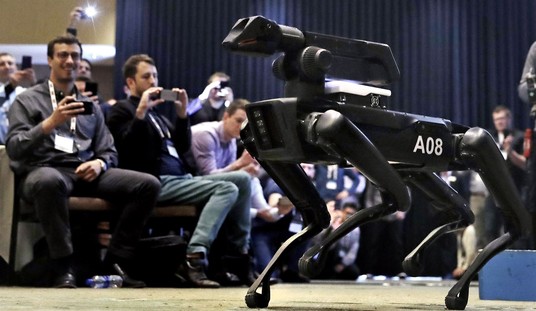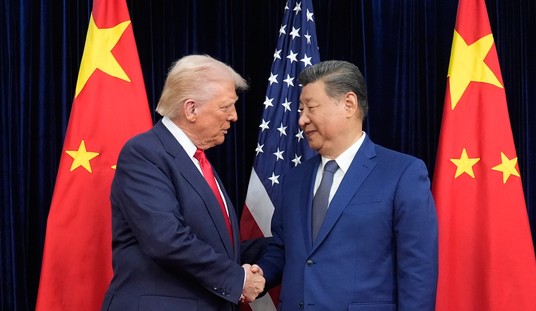A few weeks ago I was asked to join some pro-life activists in holding signs on Route 1 just south of Washington, D.C. Joining the group to hold up a genteel pro-life sign, I was shocked to see a number of signs showing graphic images of aborted babies. This led to a discussion with Jonathan Darnel, who had brought the signs, both in person and over the phone. Jonathan was convinced that such graphic images are actually effective, and despite my disagreement with portions of his argument I felt his argument was surprisingly valid and had more potential to convince Americans to become pro-life than I’d realized. Below is a follow-up interview to that discussion.
Dustin Siggins: What is your organization and what do you do?
Jonathan Darnel: I’ve never signed on a dotted line, but right now I’m working with the Center Bioethical Reform (CBR), with the Maryland chapter. The mission of CBR is to alter public opinion on abortion through interacting with the public, using a variety of methods. Most of these methods incorporate images of the victims of abortion and a good, solid argument. For example, we have a traveling packet that we take to colleges. It consists of a number of panels of aborted children juxtaposed with atrocities from human history, such as Holocaust victims.
DS: When I met you, we discussed the effectiveness of this kind of tactic, and I mentioned that I think it’s very aggressive and could easily scare undecided people away from the pro-life movement. Is that correct?
JD: That’s a common concern among pro-lifers. I guess I understand that. When I first went to a CBR event, I didn’t want to stand next to the signs. After a while, I was much more comfortable. You see a wide spectrum of reactions to stuff like this. Yes, there are folks who react angrily that we would act in this nature. However, most of those people are pro-choice in the first place. A lot of pro-lifers are afraid we are going to embarrass them, but similar to Martin Luther King – who was told he was too radical – we’re mostly just shaking up the system.
As an individual, I don’t use the images exclusively. They need to be part of the repertoire. However, I am working on a series of signs that will have an embryo and an infant, and compare the sizes and ask what makes this a person? Is it size, intelligence, etc.? I want to show how claims that the unborn are not people are just spurious, since you could apply that to the disabled or elderly.
DS: What does holding a sign on a road do?
JD: It probably doesn’t affect people too deeply, but with the Face the Truth tour you want to impact many people a little. I’d rather engage people in one-on-one conversations, but you can at least show them an image and give them a quick, pithy message. That is not useless. At the very least, it demonstrates to the neutral crowd that there are some people who care enough to get involved.
I think it keeps people thinking about the issue. If we get people to think about the issue, we win. Our argument is completely solid. Our biggest enemy is silence. We could make all the mistakes in the world, but it’s better than being silent.
DS: Is there evidence that holding signs on a road are effective?
JD: We believe this is effective for two reasons: The CBR website has many testimonies at www.AbortionNo.org (click on Public Education Projects) showing how graphic images have changed people’s minds. Additionally, we’re simply capturing tactics from past movements that took to the streets. Abolitionists, the women’s movement, civil rights movement activists, and others took to the streets at points, and abolitionists even took free slaves on tours and had them take their shirts off to show their scars. Was it controversial? Probably. But it doesn’t make it wrong.
Let me put it this way: If you were a German citizen who could publicly show the atrocities being done to Jews to the public in the way we do today, would you do it?
DS: True, but many Germans probably believed killing Jews was bad. The Nazi Party was only a small percentage of the nation’s citizens. Meanwhile, only 50% of Americans are “pro-life,” and of that 50% many support abortion in some cases. Holding up graphic images could very well cause them to turn away in discomfort or anger, not respond with an open mind.
JD: Well, I find that while many Americans who support abortions say they support abortion, many do not understand what that means. Something like 60% of Americans support Roe v. Wade should still be the law of the land, yet about three-quarters thought abortion should be illegal after the first trimester. Clearly, they fail to understand the laws and practical application of those laws as they relate to abortion, in this country.
I have met many people who say they are pro-choice but have never seen an abortion’s impact or thought about being pro-life. I don’t think most people support abortion. I think most tolerate it. This is why we show our arguments every place we can. We show what the abortion industry tries to hide.








Join the conversation as a VIP Member